When comparing brisket and tri-tip, it's important to recognize that both cuts hail from different parts of the cow and offer distinct features in texture, flavor, and cooking methods.
Brisket is a tougher cut that comes from the chest of the cow and is known for its rich, beefy flavor enhanced by slow cooking methods.

It has more fat and connective tissue, which, when cooked low and slow, become tender and contribute to the brisket's juicy profile.
On the other hand, tri-tip originates from the sirloin region near the cow's rear. It's a leaner and smaller cut compared to brisket, usually weighing up to 5 pounds.
Tri-tip cooks much faster due to its size and is prized for its bold, beefy flavor that stands out even without extensive cooking time.
Whether smoked, grilled, or roasted, each cut offers a unique experience, and understanding their differences can greatly enhance your culinary exploits.
Key Takeaways
- Brisket and tri-tip are distinct in their cut location, with brisket from the chest and tri-tip from the sirloin.
- Their cooking times differ significantly, brisket requiring long hours of slow cooking while tri-tip cooks much quicker.
- Both cuts boast a rich beef flavor, yet they present unique textures; brisket is tender and juicy, while tri-tip is leaner.
Jump to:
Understanding the Cuts
In this section, we'll explore the distinctive attributes and butchery nuances of brisket and tri-tip, two popular cuts of beef that both offer unique tastes and textures.
Origins and Location on the Cow
Tri-tip hails from the bottom sirloin subprimal cut of the cow, specifically the tensor fasciae latae muscle.
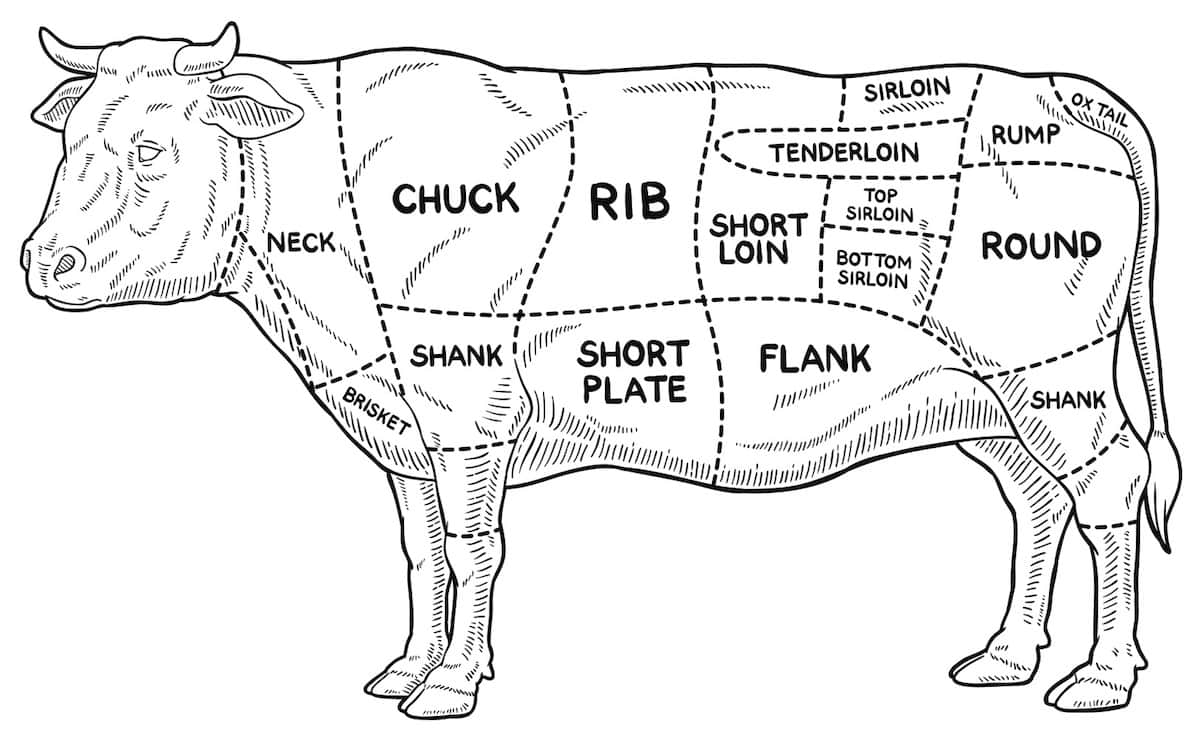
It's a small, triangular cut that's known for its rich flavor and tender texture. In contrast, brisket originates from the breast section, or lower chest of the beef.
This large cut contains a significant amount of connective tissue, which contributes to its flavor and requires long cooking times to tenderize.
Physical Characteristics
Brisket is characterized by its considerable size, often weighing between 12 to 20 pounds, and is known for its rich marbling and a thick fat cap that keeps it moist during cooking.
It's a dense cut with two distinct areas: the flat cut, which is leaner, and the point, which is fattier.
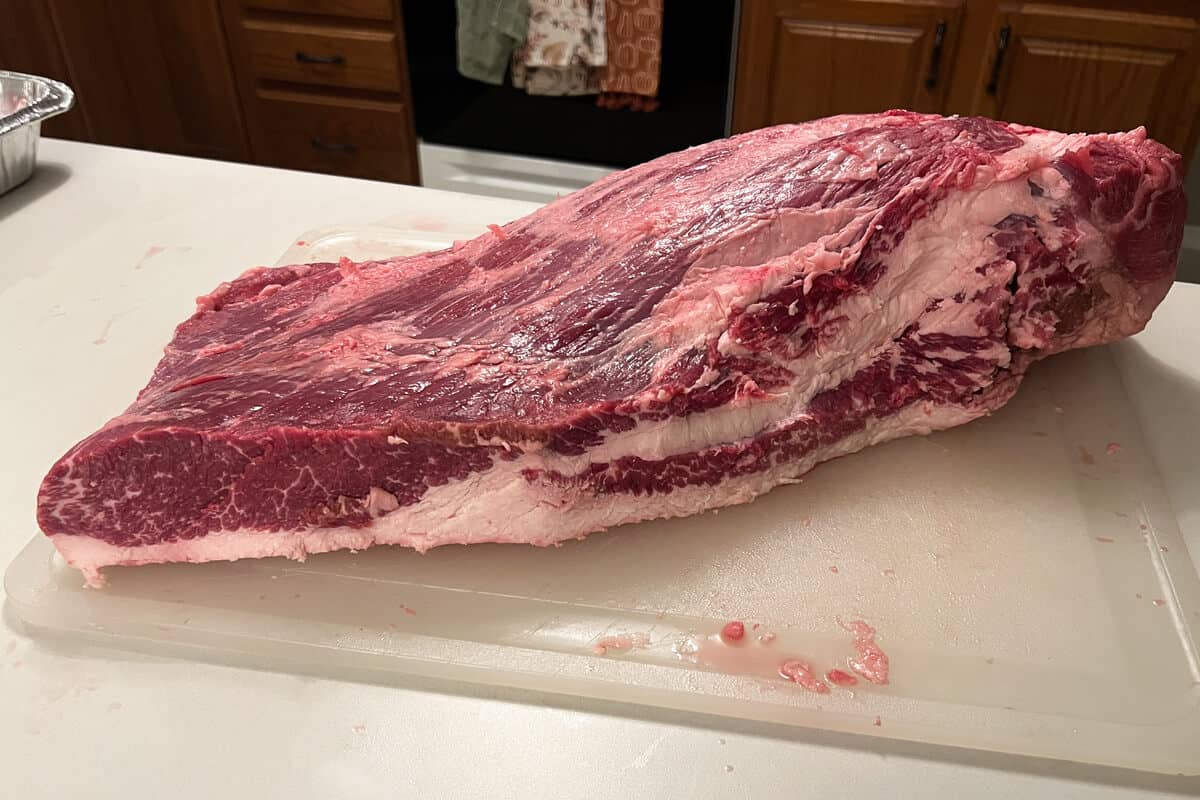
On the other hand, tri-tip is relatively smaller, averaging about 1.5 to 2.5 pounds. It has a modest amount of intramuscular fat, or marbling, making it flavorful yet less fatty than brisket.
Tri-tip tends to be lean and tender with a noticeable grain.
Butchering and Trimming
When butchering, brisket is often sold as a whole packer cut, which includes both the point and flat. It requires trimming to remove excess fat and to even out the thickness for uniform cooking.
Tri-tip, a smaller section of the sirloin butt, needs less trimming in comparison. However, butchers might remove the fat cap on one side to reduce fat content for those seeking a leaner steak option.
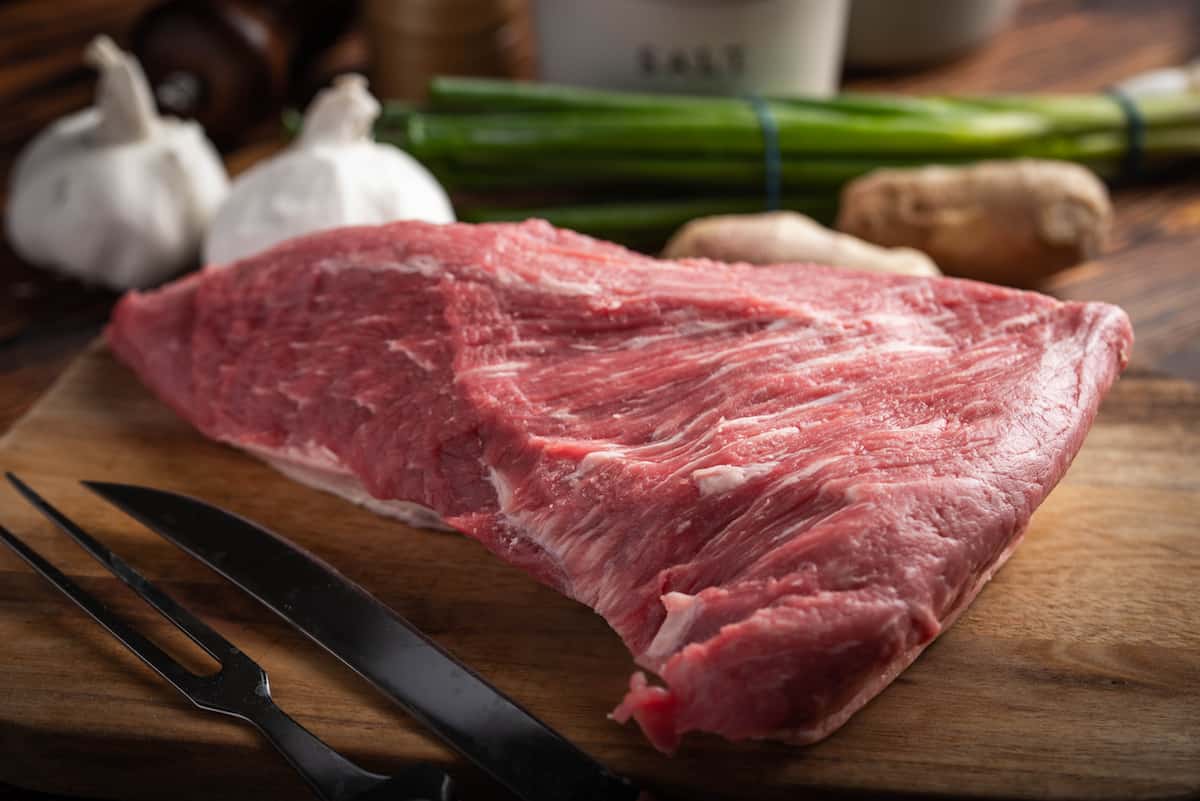
Common Cuts and Variations
Brisket is commonly found in two primary forms: the whole packer brisket and the separated flat cut or point.
The flat cut is lean and suited for slicing, while the point is thicker and more suited for shredding.
Tri-tip can be cooked whole as a roast, often referred to as Santa Maria steak, or it can be cut into smaller steaks.
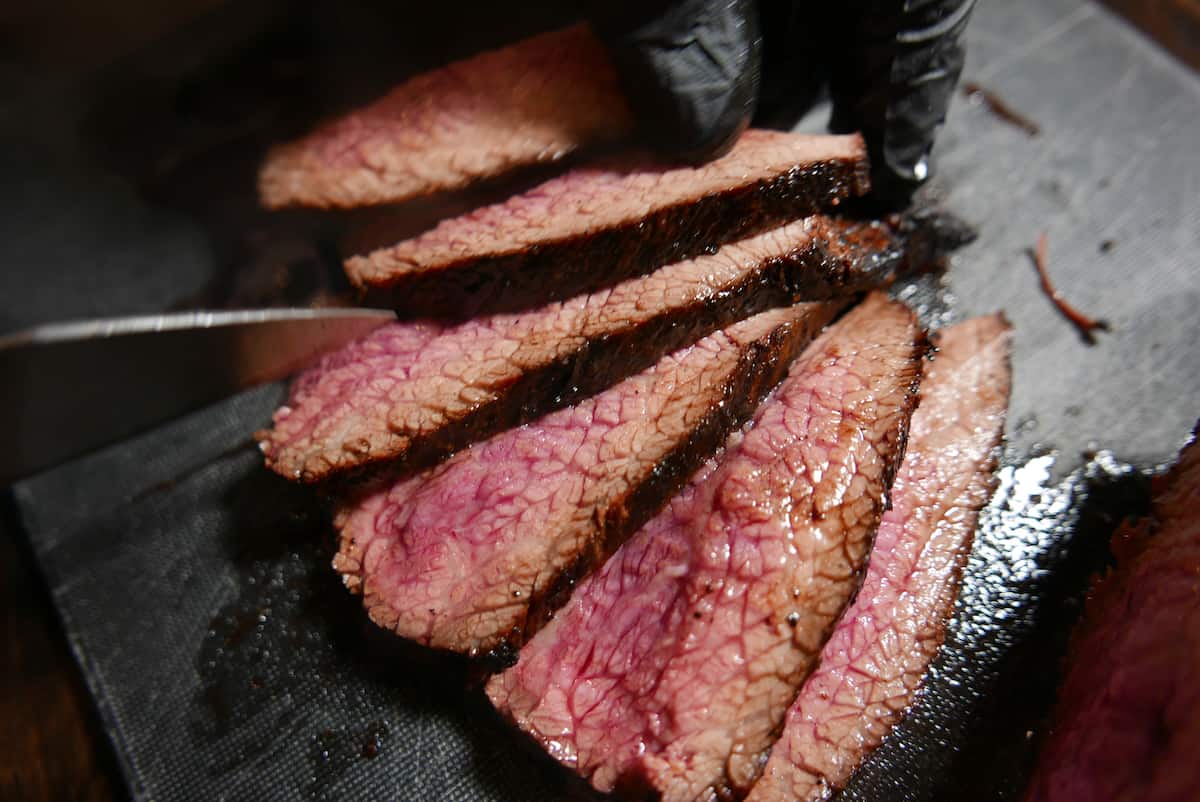
Its versatility allows it to be prepared in various ways, from grilling to roasting, and it's much quicker to cook due to its smaller size and lean profile.
Both cuts, when prepared optimally, highlight the intricate flavors and textures that come from different areas of the cow, providing us with diverse culinary experiences.
Cooking Techniques
When we approach the topic of cooking brisket versus tri-tip, it's essential to understand that each cut has its unique methodologies which are influenced by factors like the cut size, texture, and traditional cooking practices.
Preparation Methods
We must consider the preparation methods individually for brisket and tri-tip due to their differing textures and sizes.
For brisket, it's standard to apply a generous dry rub or marinade before cooking, as this cut benefits from a long marinating time to enhance flavor and tenderness.
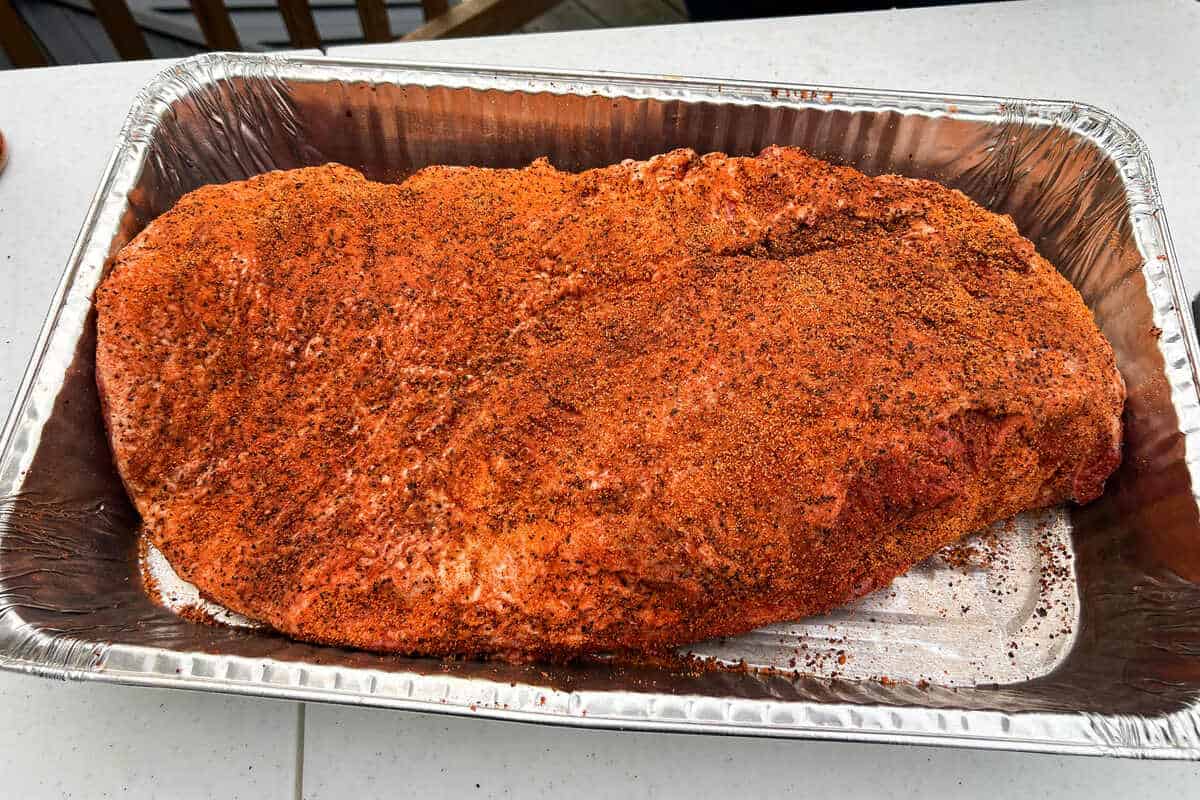
In contrast, tri-tip often requires less prep time and a simpler seasoning approach due to its size and inherent flavor profile.
Cooking Method Differences
Brisket is famous for its compatibility with low and slow cooking methods, especially smoking using a smoker with wood chips or charcoal, to impart a rich, smoky flavor.
Tri-tip, on the other hand, is versatile but genuinely shines when grilled over high heat for a shorter period or roasted in an oven.
Each method accentuates the cut's qualities, from the brisket's connective tissue breakdown to the tri-tip's savory crust.
Temperatures and Doneness
Achieving the correct internal temperature is critical for both cuts.
For brisket, we aim for a target temperature of about 195°-205°F to ensure proper tenderness.
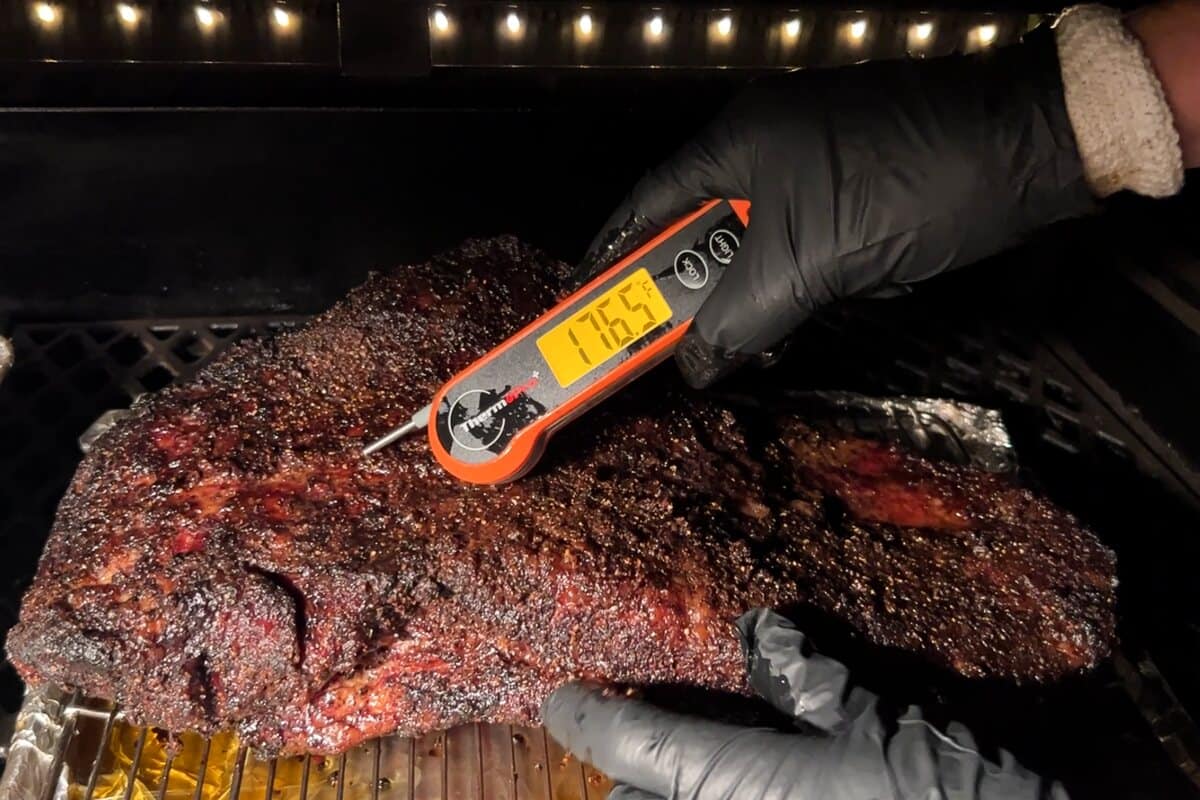
Tri-tip is best when cooked to medium-rare or medium, usually around 135°-145°F internally, which preserves its moisture and softness.
Always use a reliable meat thermometer to check temperatures.
Resting and Slicing
Resting meat post-cooking is a period we cannot overlook. Brisket often requires a longer rest, sometimes up to an hour, wrapped in foil or a towel in a cooler to redistribute juices.
For slicing, it’s crucial to go against the grain, particularly for brisket, to reduce the toughness of the slices.
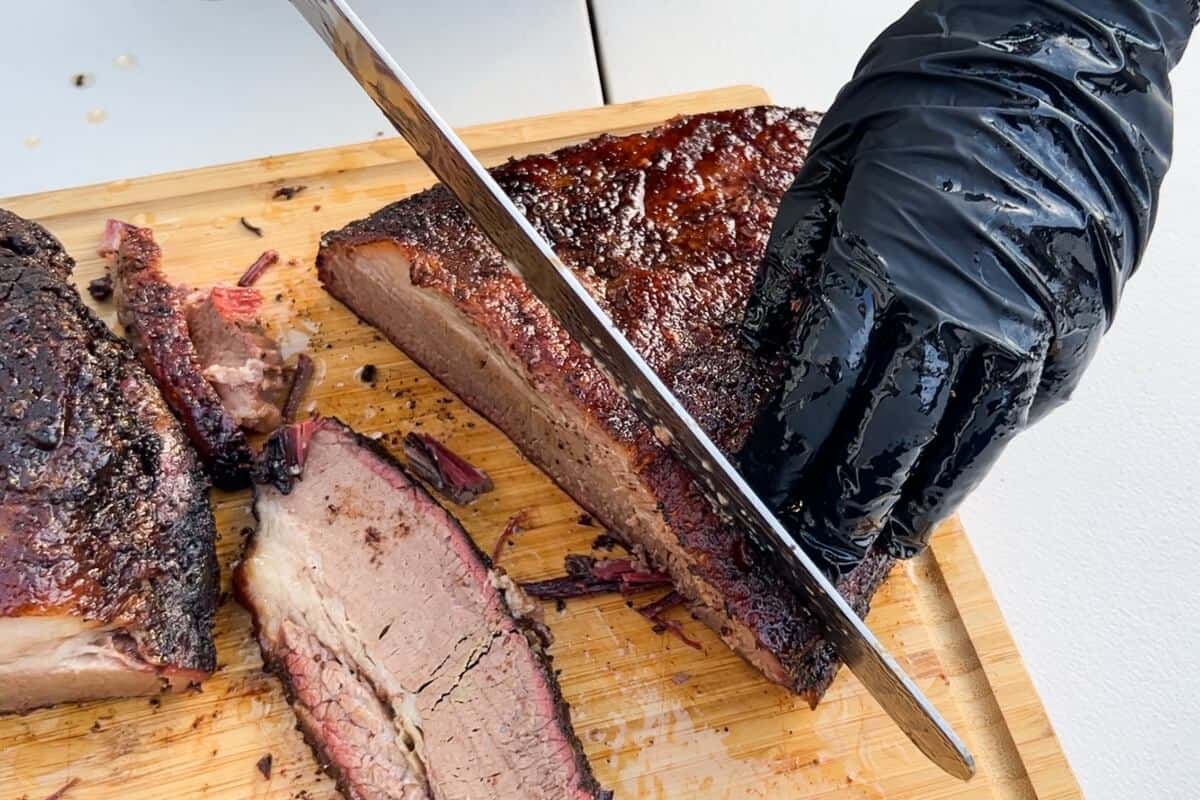
Tri-tip also benefits from resting but for a shorter duration, typically 10-15 minutes, before slicing to retain its juices and flavor.
Flavors and Serving
In this section, we're focusing on the distinct flavors of brisket and tri-tip and how they translate to serving dishes.
We'll explore the seasoning profiles that best complement these cuts, provide serving suggestions, and discuss the pairings and accompaniments that can enhance the overall dining experience.
Seasoning Profiles
Brisket and tri-tip boast unique flavor profiles that can be further accentuated with the right seasonings.
For brisket, a robust rub typically includes coarse black pepper and salt as the foundation, often complemented by garlic powder, onion powder, and paprika. This creates a savory crust that complements the rich beefy flavor derived from the fat cap and marbling.
In contrast, tri-tip often benefits from a lighter touch, where a blend of salt, pepper, garlic, and sometimes herbs like rosemary and thyme, pairs well with its notably flavorful yet leaner profile.
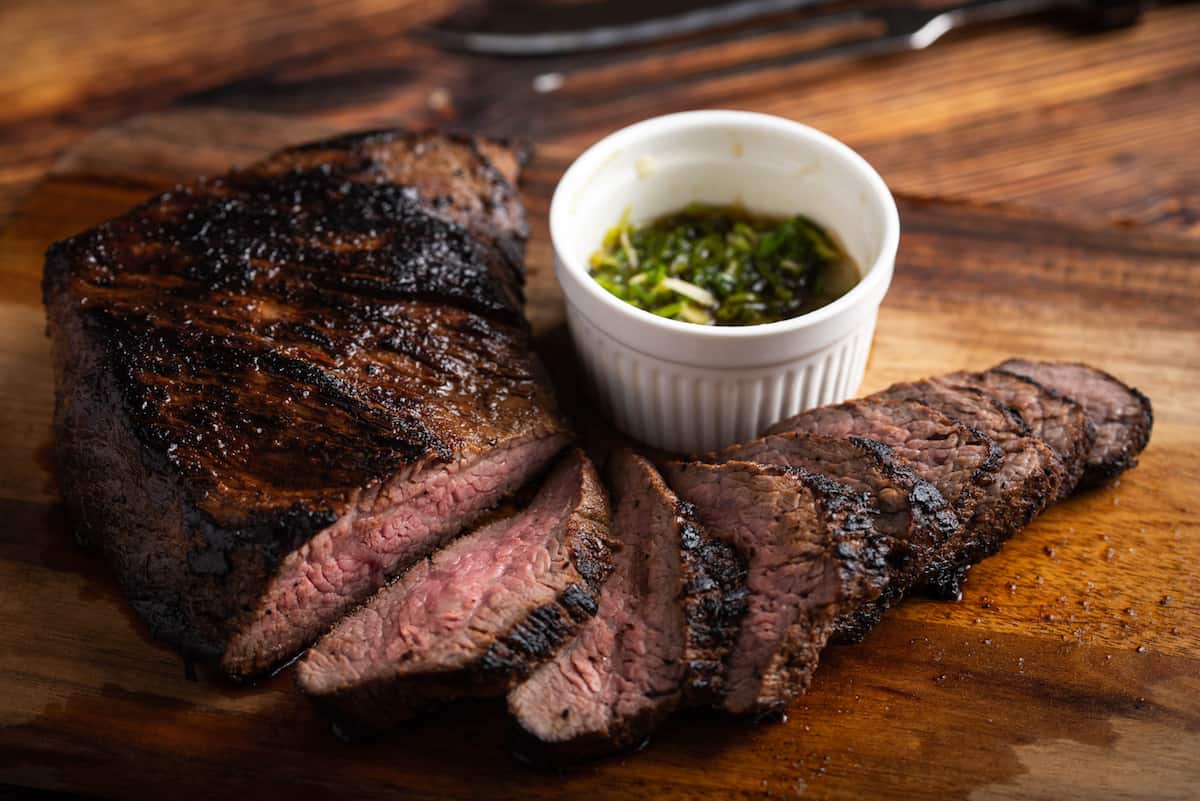
The marbling present within tri-tip still ensures a juicy taste when cooked to perfection.
Serving Suggestions
Understanding how to cook brisket includes recognizing its need for a long, slow roast to break down the tough connective tissue, which results in a tender, succulent meat ideal for slicing against the grain.
Serving it typically involves thick cuts laid out on a platter, often draped in its own juices or a homemade sauce.
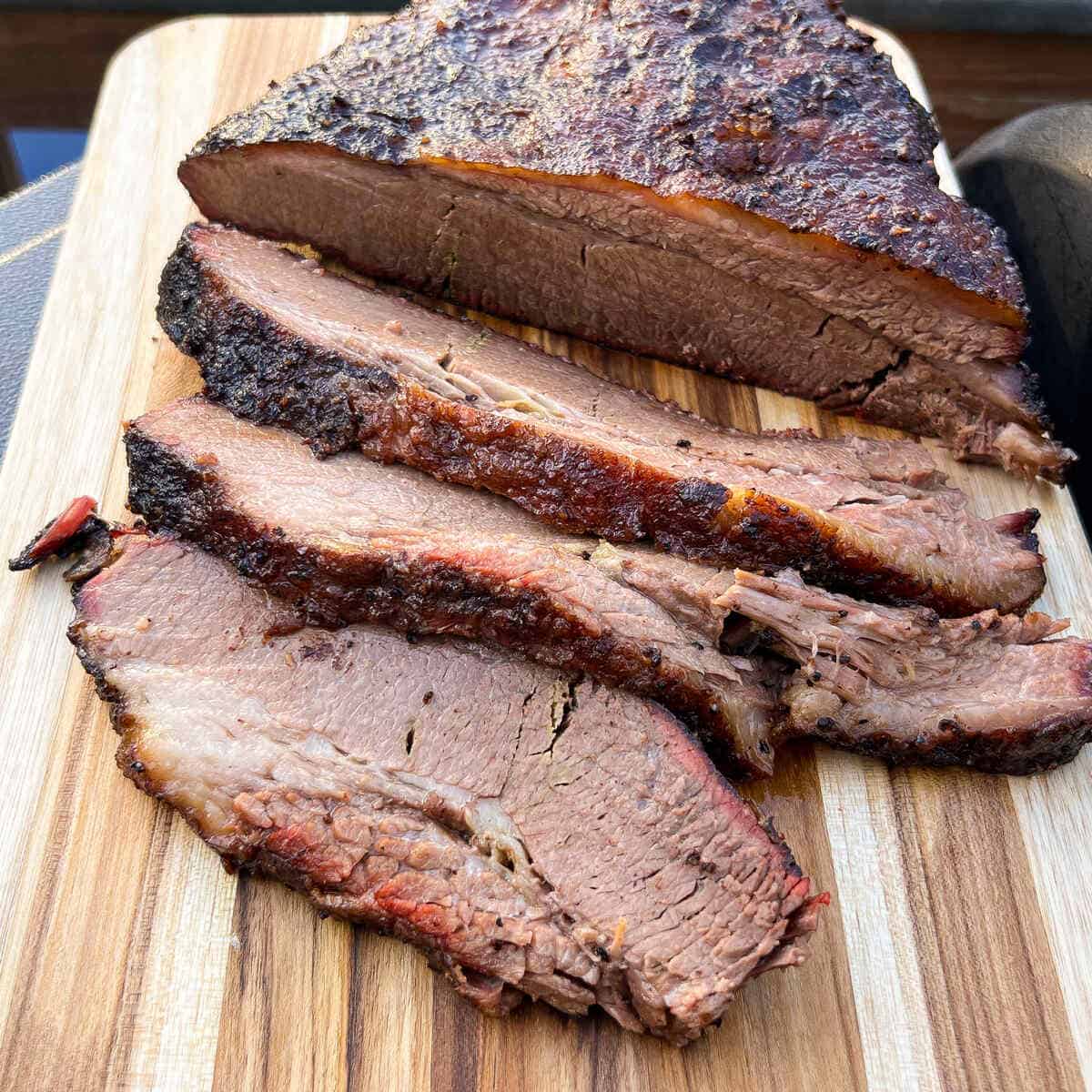
Tri-tip, on the other hand, is more versatile in serving.
Cooked quickly over high heat and sliced thinly across the grain, it's perfect as a stand-alone main course or as a top-notch addition to sandwiches and salads.
Given its shorter cooking time, tri-tip is an ideal choice for a quick yet flavorful meal.
Pairings and Accompaniments
When it comes to pairings, both brisket and tri-tip are versatile, lending themselves well to a variety of accompaniments.
For brisket, consider classic barbecue sides like coleslaw, baked beans, or mac and cheese.
These traditional dishes complement the rich flavors and help balance the palate.
Tri-tip pairs exceptionally well with lighter sides, such as grilled vegetables, a fresh salad, or roasted potatoes.
The leaner cut harmonizes with sides that don't overpower its natural taste.
Whether it's a casual backyard barbecue or a formal dinner, these accompaniments round out a meal featuring either brisket or tri-tip beautifully.
Economic and Practical Considerations
When choosing between brisket and tri-tip, economic and practical factors such as price, availability, and storage are crucial elements we must consider.
These determine not just our upfront costs but also how we plan, prepare, and preserve our cuts of meat.
Price Comparison
Brisket is generally more expensive than tri-tip due to its larger size and the demand from BBQ enthusiasts, which often makes it a pricier option per pound.
Tri-tip, being a smaller and less famed cut, is usually more affordable and can provide a cost-effective alternative for a flavorful beef experience without breaking the bank.
- Brisket: Higher cost per pound; sought after for BBQ.
- Tri-tip: Lower cost per pound; a budget-friendly choice.
Availability and Selection
In terms of availability, brisket is widely recognized and available in most regions, making it a reliable choice for planning gatherings or meals.
Tri-tip, however, may be less common in certain areas, affecting our ability to consistently select this cut.
When available, the selection of tri-tip can vary in leanness, meaning we might need to inspect the cut closely to find the balance of fat that suits our cooking style.
- Brisket: Widely available; consistent selection.
- Tri-tip: Availability varies by region; leanness can vary.
Shelf-Life and Storage
Both brisket and tri-tip benefit from proper storage to maximize shelf-life.
Fresh cuts, if refrigerated, can be kept for a few days, while frozen can extend their shelf-life by several months.
It's crucial to package the meat well to avoid freezer burn. Brisket, with its high fat content, might have a longer shelf-life when cooked due to fats acting as a preservative barrier.
Meanwhile, cooked tri-tip, often leaner, is best consumed within a few days to maintain its quality, and any leftovers should be stored in airtight containers.
- Brisket: Longer shelf-life when cooked due to fat content.
- Tri-tip: Best consumed quickly; store leftovers properly to maintain quality.
Frequently Asked Questions
In this section, we’ll compare tri-tip and brisket, answering common questions to help you determine which cut may be best for your cooking needs.
Which cut is preferable for a tender and flavorful smoke, brisket or tri-tip?
Both brisket and tri-tip offer unique flavors and textures when smoked, but brisket is typically favored for its potential to become extremely tender and flavorful over a long, slow cook.
How do the nutritional values, including calories, compare between brisket and tri-tip?
Brisket and tri-tip vary slightly in nutritional content, with brisket being slightly higher in calories and fat, which contributes to its richer flavor and tender texture.
What are the best cooking methods for tri-tip to ensure it's both succulent and flavorful?
Grilling or reverse searing are great methods for cooking tri-tip, which should be cooked to medium-rare or medium to maintain its succulence.
When choosing between brisket and tri-tip, which is generally more cost-effective and why?
Tri-tip is generally more cost-effective due to its smaller size and shorter cooking time, making it a budget-friendly option for smaller gatherings.
In what dishes can tri-tip effectively replace brisket, and are there any adjustments needed in the cooking process?
Tri-tip can replace brisket in recipes like tacos or sandwiches, but adjustments must be made to cooking times and techniques due to its leaner profile and quicker cooking nature.
For those looking to prepare brisket, what are the top tips for selecting the right cut and achieving the best results?
Select a brisket with good marbling and a thick fat cap, and plan for a long, slow cooking process to break down the connective tissues, resulting in tender, flavorful meat.

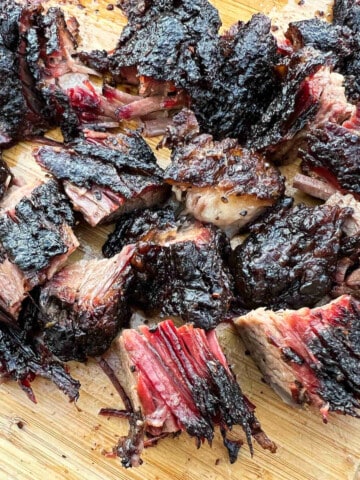
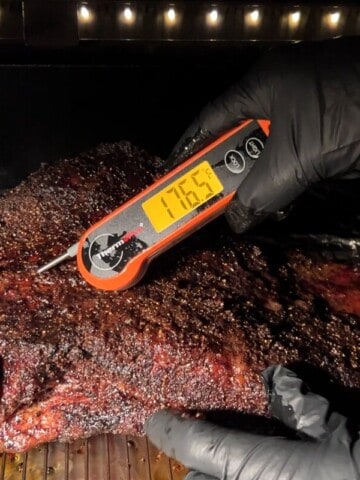
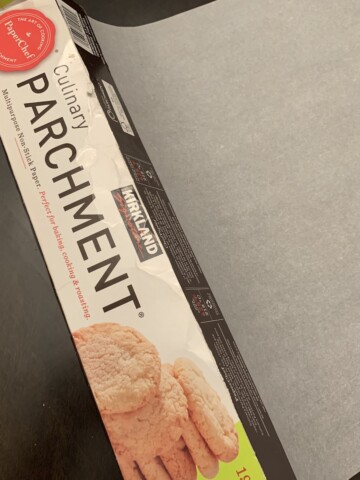
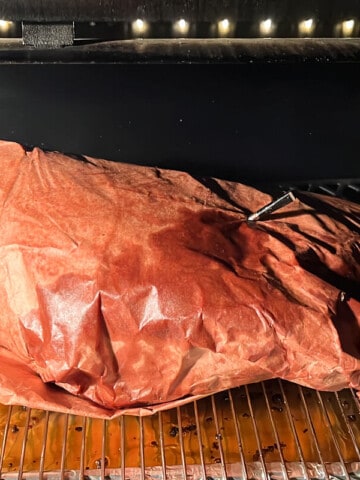
Leave a Reply